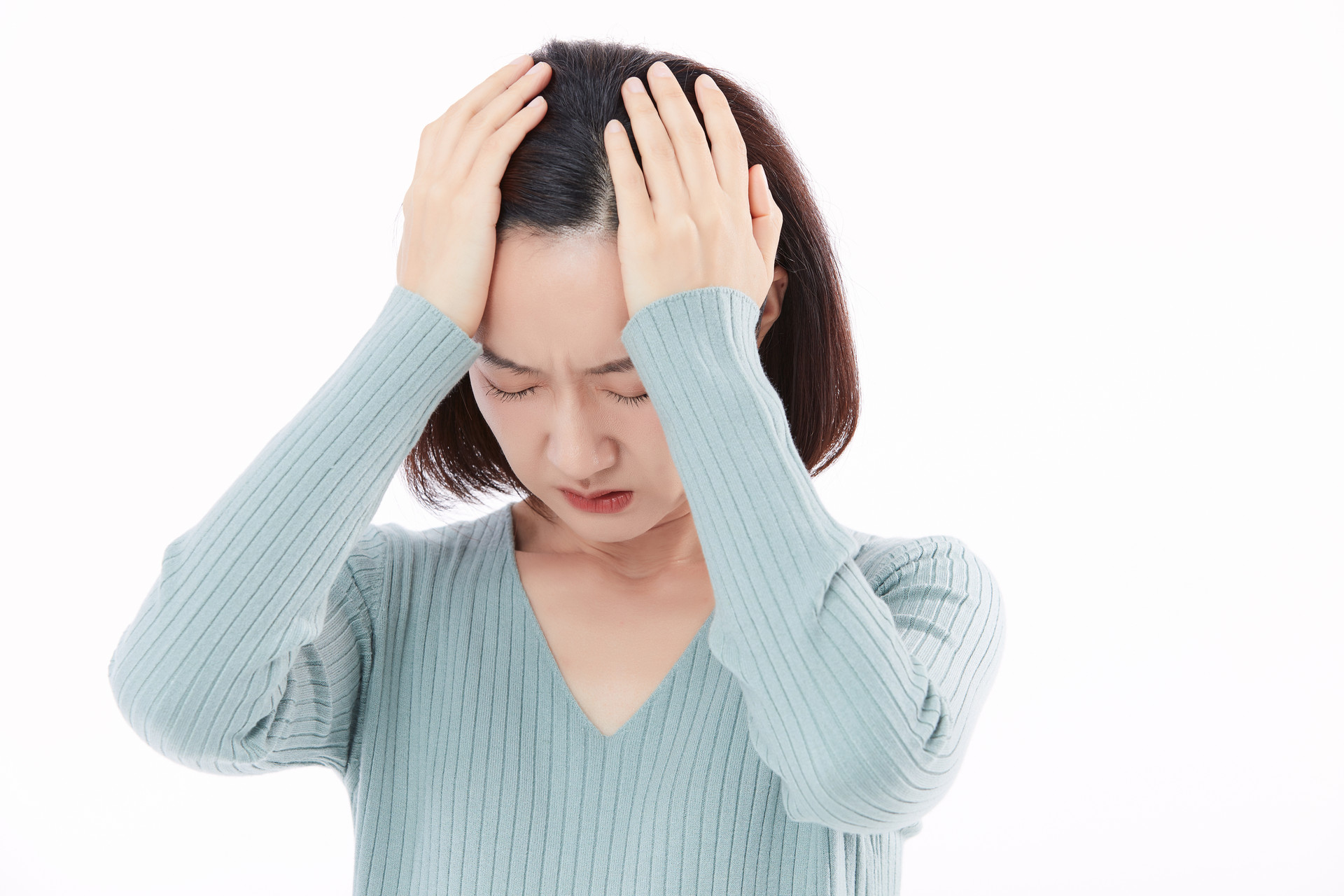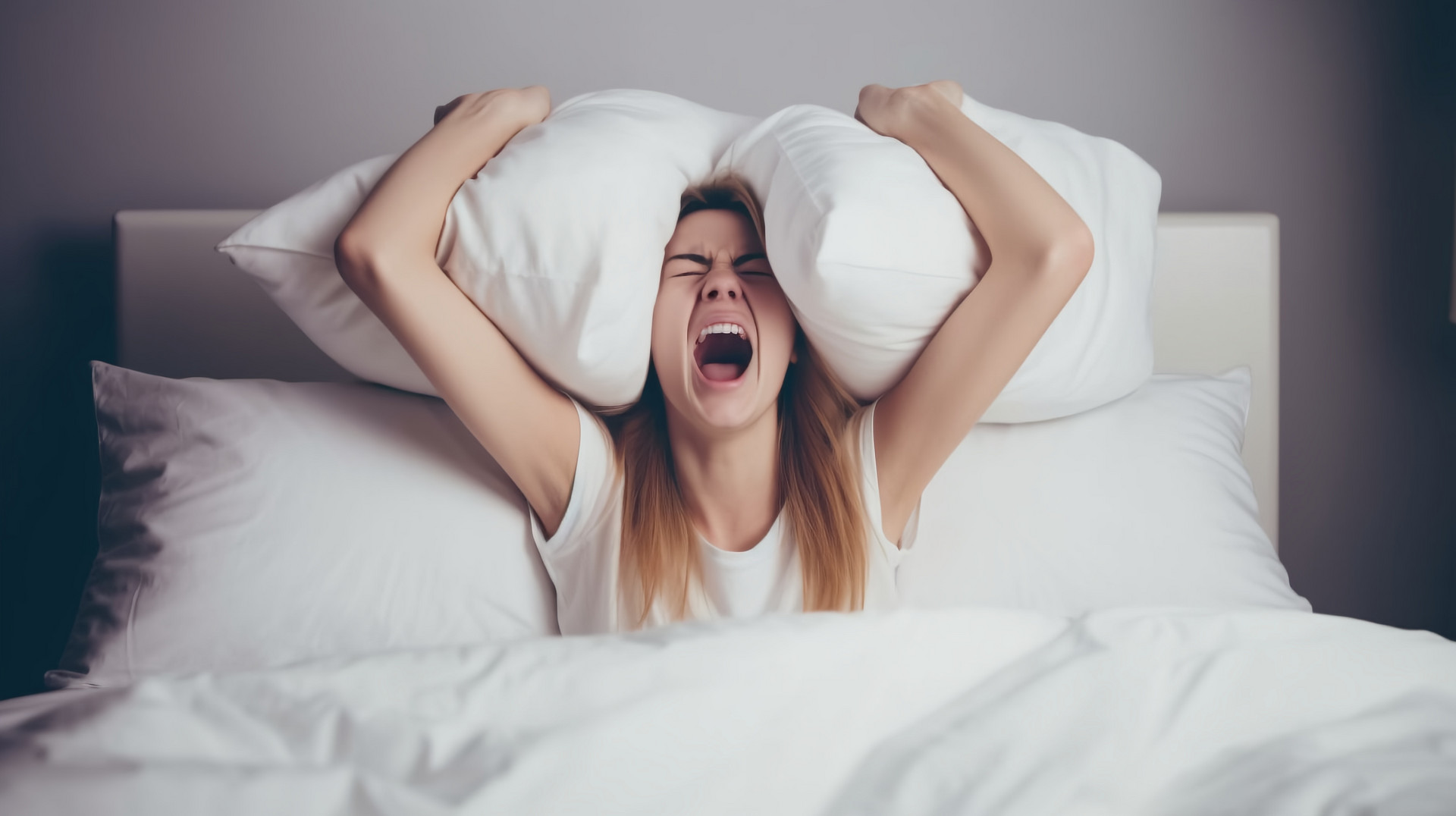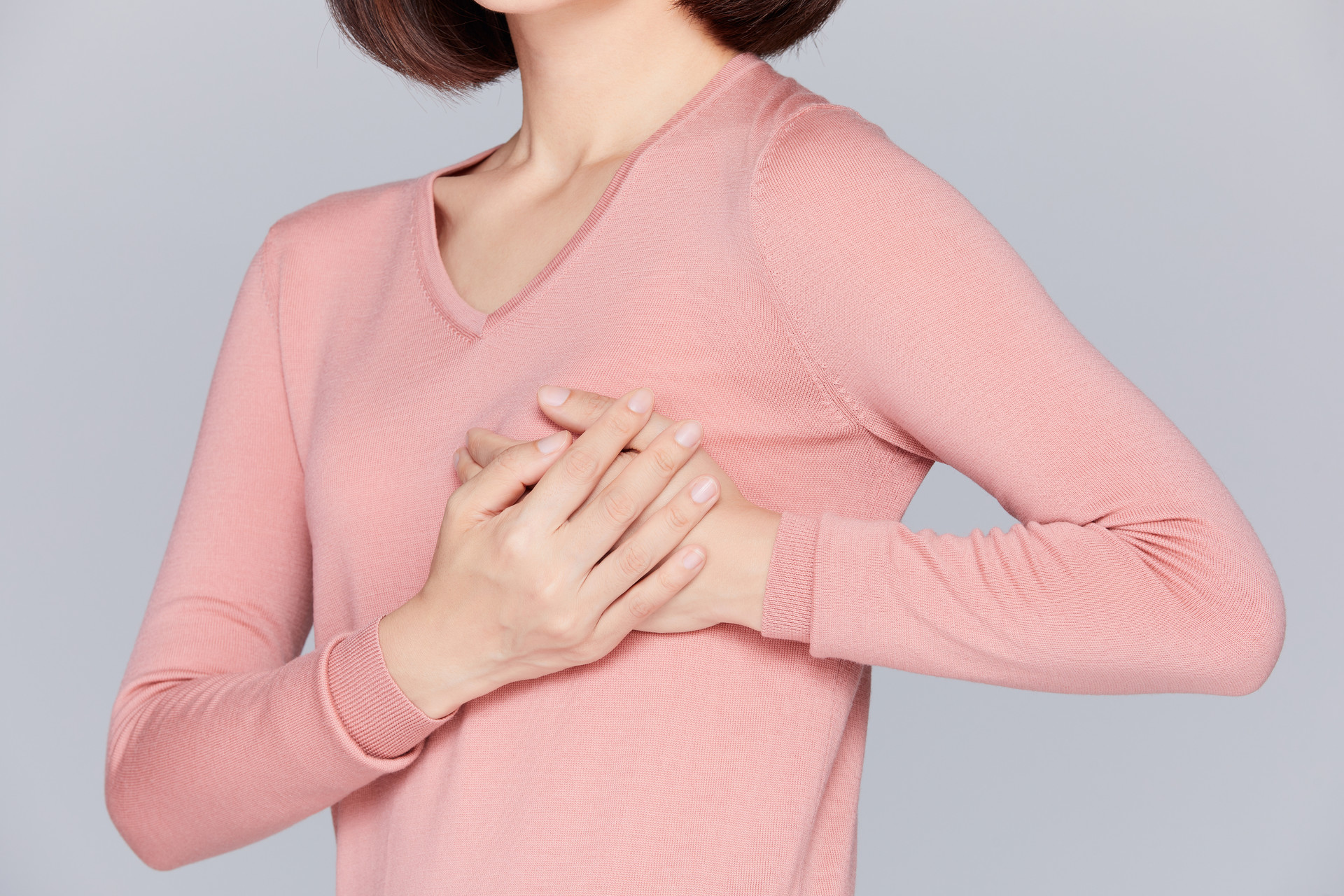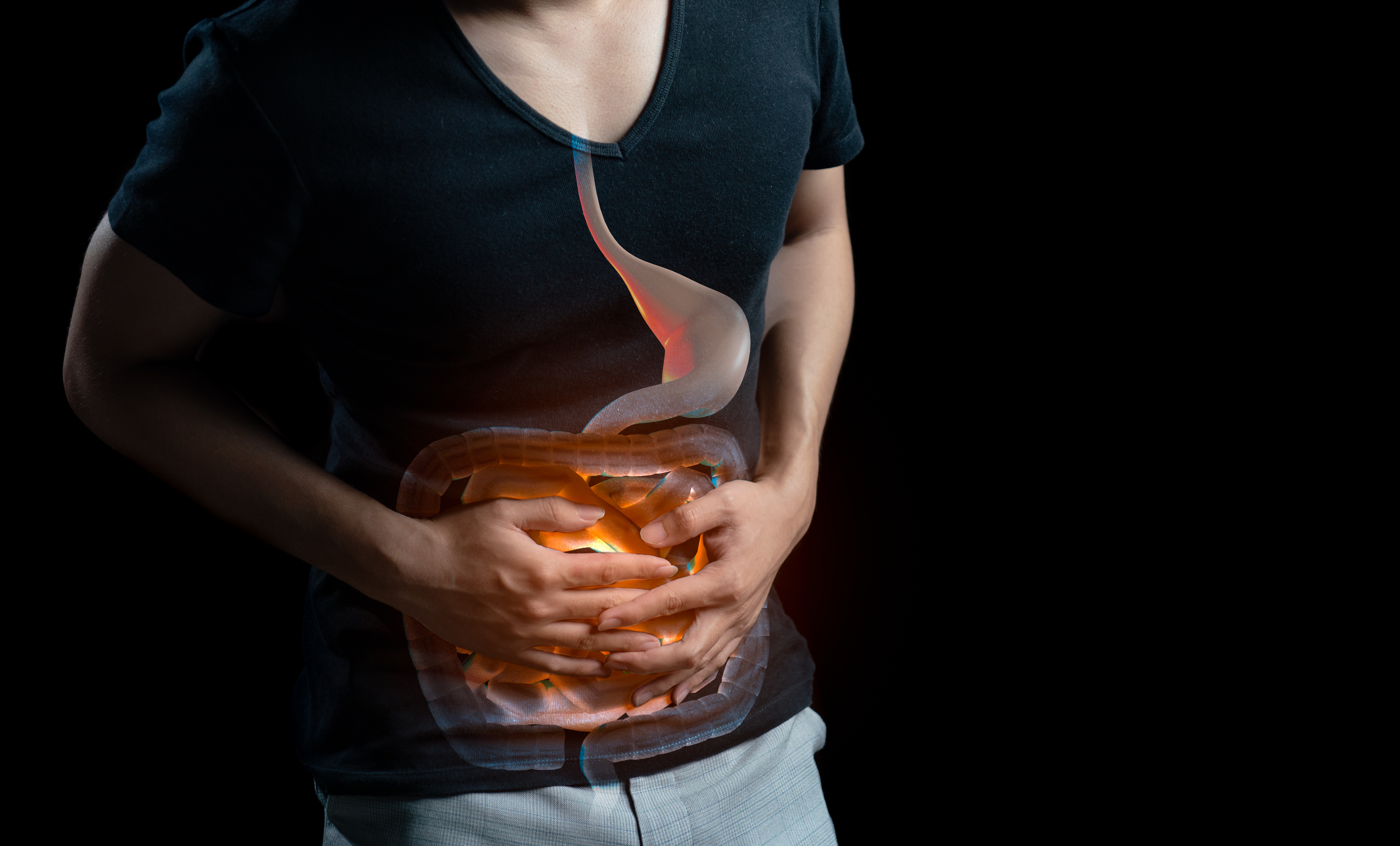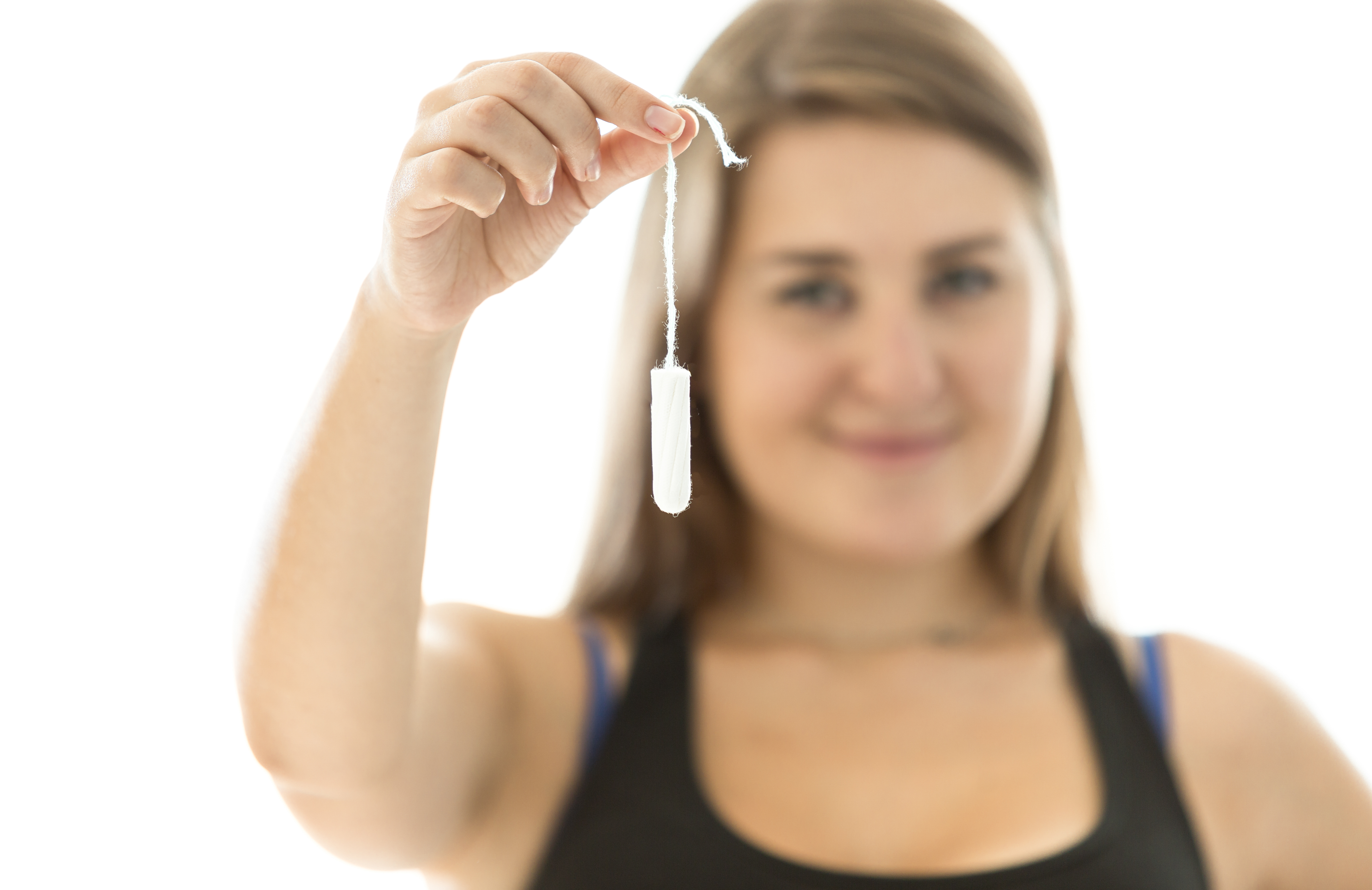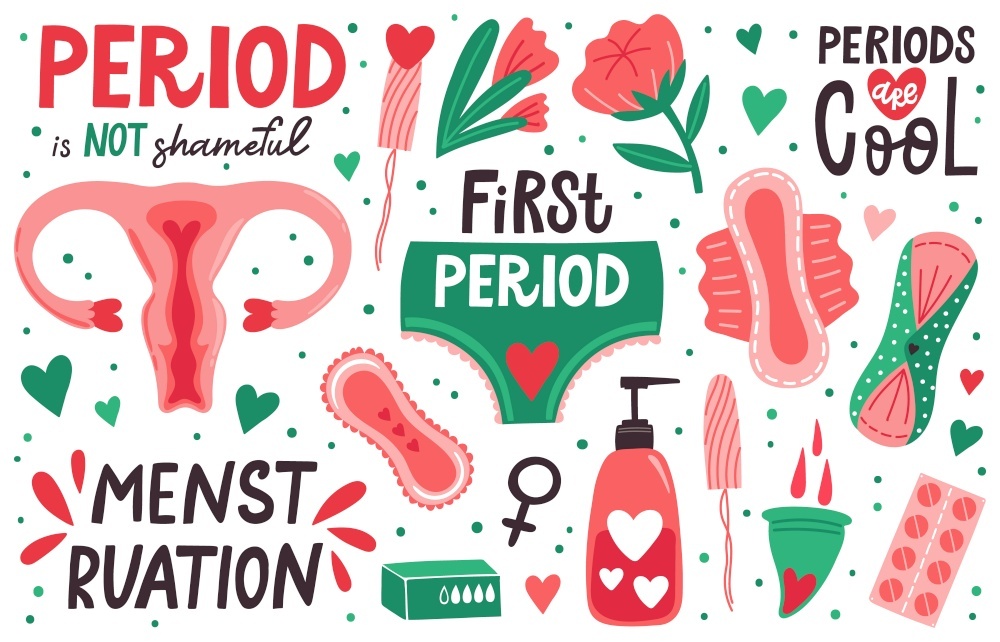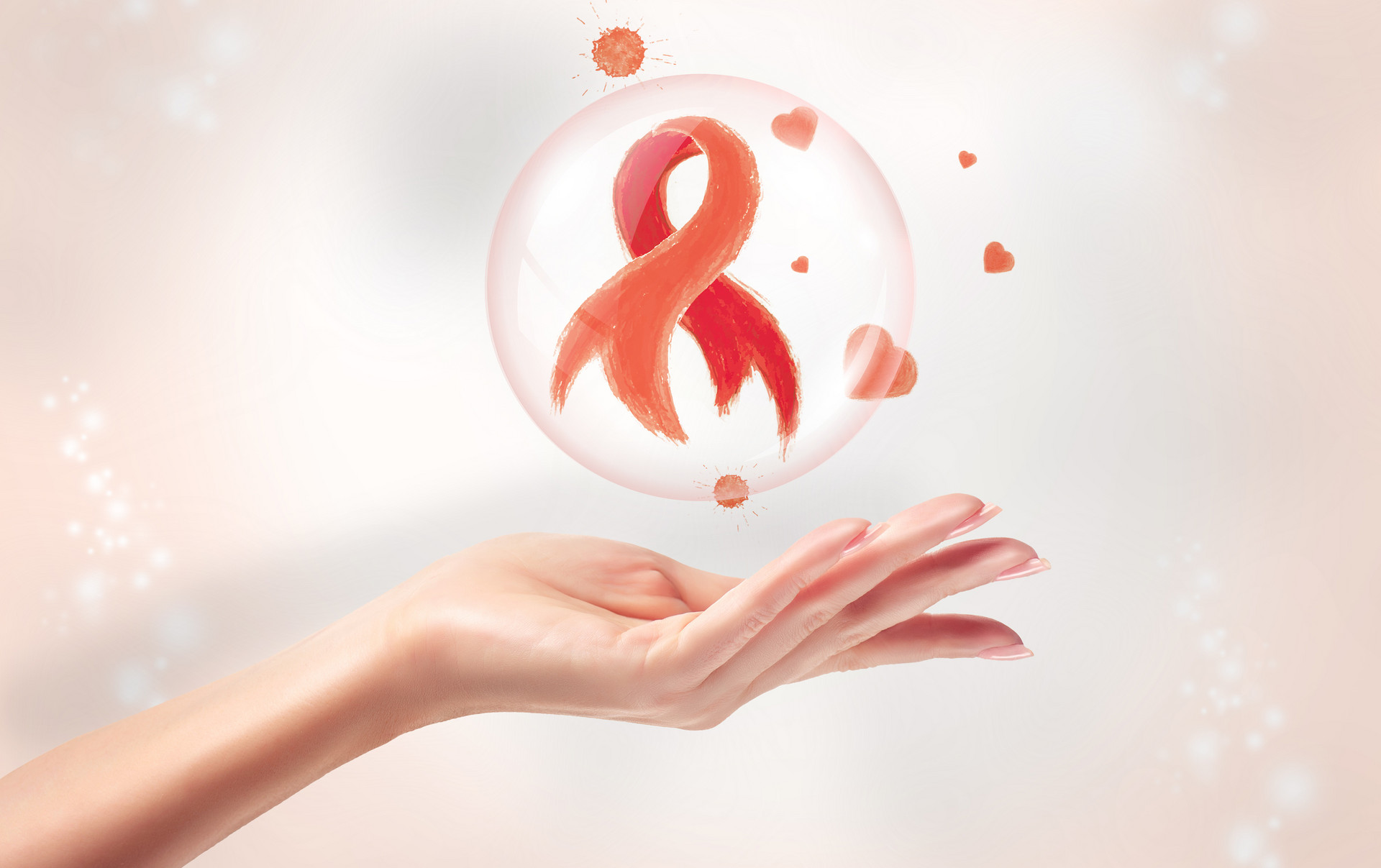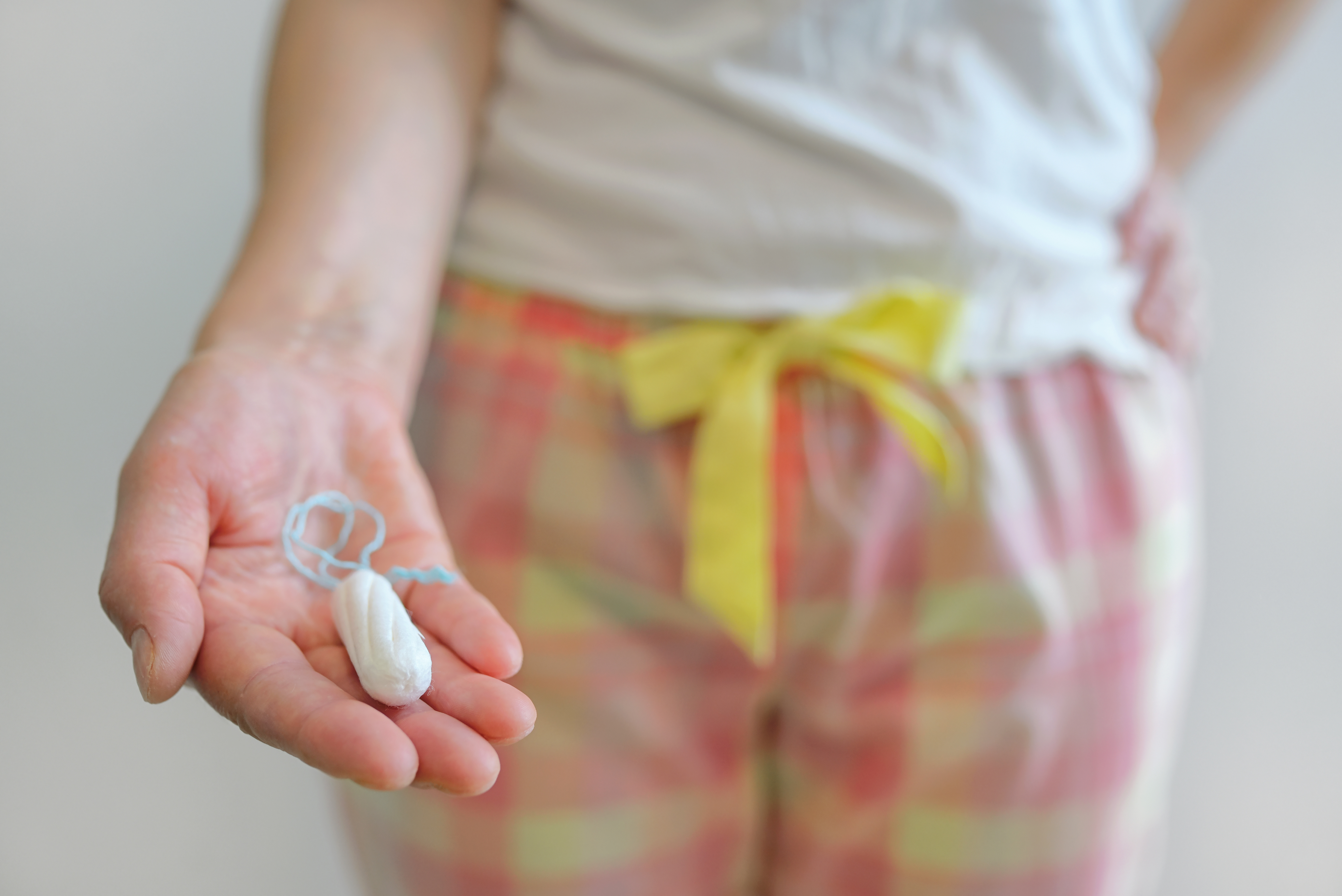Due to their innate desire for beauty, women cannot resist the temptation of delicious food. Take nail art as an example, women love to adorn their nails. They may dye their nails one color today and another color tomorrow. However, long-term nail dyeing is not good for the body and can easily affect one's health!
What diseases can women get from frequent nail dyeing
1. Causes nail skin diseases
During the process of nail art, the manicurist will use special sandpaper and emery board to polish your fingernails, resulting in a smoother surface. However, long-term nail dyeing can make the nails thinner and softer. The nail enamel becomes damaged, making it susceptible to fungal and bacterial infections. If the scissors, tweezers, and other nail tools used in the manicure salon are not thoroughly disinfected, it can easily lead to diseases such as onychomycosis, tinea manus, and tinea pedis. Sometimes, it can even cause cross-infection. In addition, during the filing process, it is easy to damage the skin around the nail, especially the cuticle covering the nail matrix. When people wash their hands frequently, it can easily lead to bacterial infections, causing paronychia and periungual abscess.
2. Accelerates skin aging
After applying nail gel, it needs to be cured under a blue light, which is actually ultraviolet light. Hands or feet are placed inside the machine and exposed to the light for 30-40 seconds each time. This type of ultraviolet light has strong penetration and can reach the dermis, damaging elastic fibers and collagen fibers, and even causing skin aging and wrinkles.
3. Increases the risk of breast cancer
Regular nail polish contains a large amount of organic solvents, mainly acetone, ethyl acetate, and phthalates. Poor-quality nail polish often has a strong pungent smell and contains formaldehyde and benzene. If low-quality nail polish containing excessive heavy metals such as lead, arsenic, and mercury is used for a long time, the harmful ingredients can be absorbed through the nails, causing chronic poisoning symptoms and seriously affecting female endocrine function, greatly increasing the chance of developing breast cancer and other diseases.
Tips for diet to prevent paronychia
1. Pay attention to diet
For severe paronychia, it is important to avoid suspicious foods or drugs and pay attention to regular bowel movements.
2. Consume Perilla leaves
If urticaria occurs due to eating fish, shrimp, or crab, you can consume a large amount of fresh Perilla leaves or drink Perilla leaf decoction. The method is to take 5 grams of dried Perilla leaves and boil them with 200 grams of water.
This is also an important aspect to consider in the diet for severe paronychia.
3. Avoid certain foods
During a severe rash, foods that can worsen urticaria should be avoided. These include stale shrimp, crab, cockroaches, shellfish, bamboo shoots, glutinous rice, chocolate, coffee, spices, and sugar.


